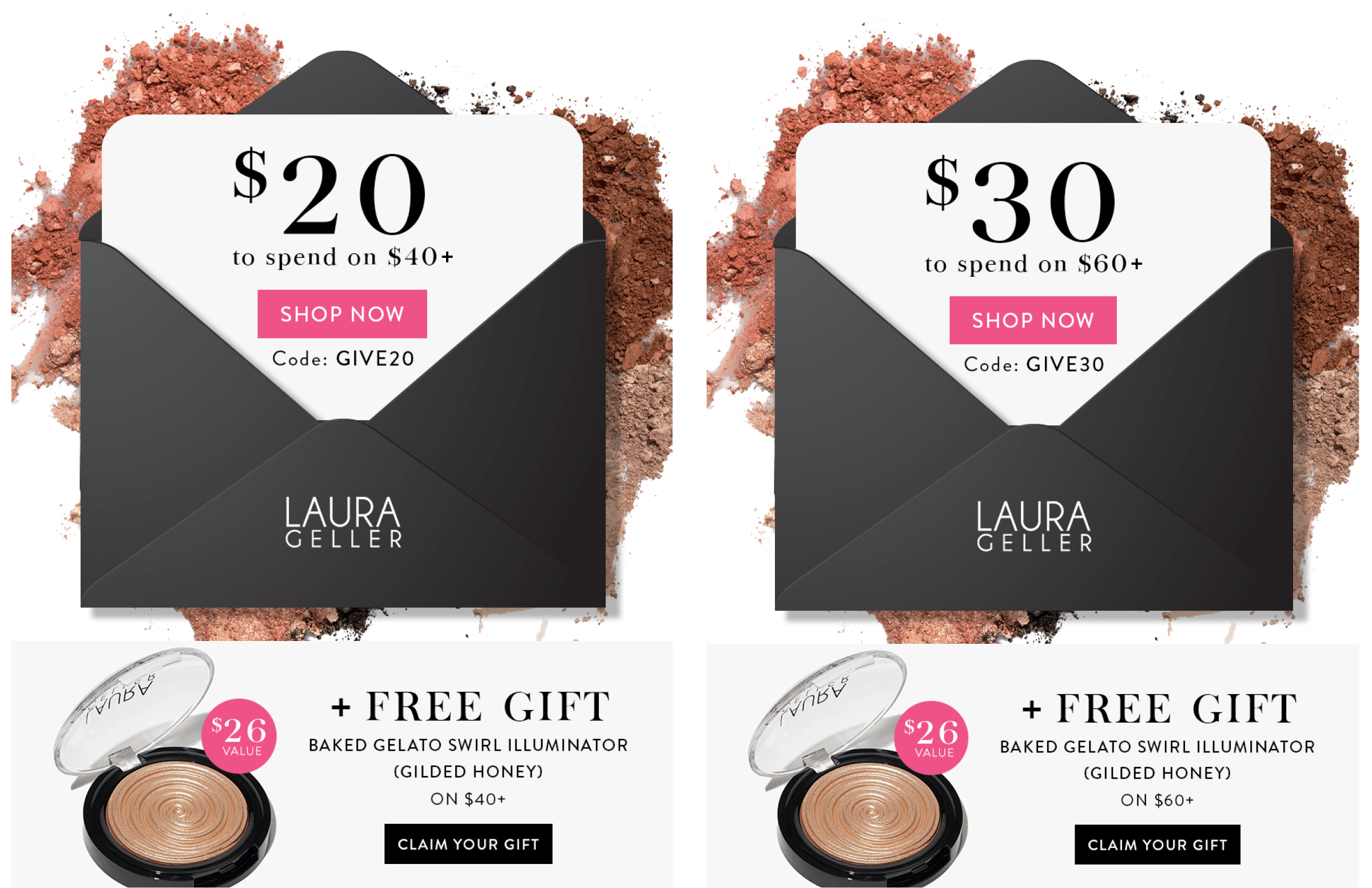When collecting data, many email marketers find themselves torn between the desire to collect as many email addresses as possible – pursuing an acquisition strategy and the need to gather detailed information about each new subscriber – a segmentation strategy. Asking for too much, too soon might chase prospective subscribers away, taking with them your opportunity to develop a long term, profitable relationship. For some – those who only care about list growth or those who can or will not accept any compromise when it comes to collecting information; this is not an issue at all. However for the vast majority it is necessary to strike a balance between list growth and the need to know more about subscribers, unfortunately this often leads to a situation where you optimise neither. But you can achieve both by using a two stage subscription process where you capture additional data from those willing to give it without losing people who are only prepared to share their email address.
Our First Law of Email Marketing states that your email marketing program should be the primary way your customers and prospects visit your site and interact with your brand online. As email is the most cost effective way of getting someone to interact with you online, it is important that you have the email address of as many customers and prospects as possible. To achieve this, the process of acquiring an email address should be as quick and simple as possible – after all a valid email address (with consent) is the only piece of information that you really need!
Allowing a customer or prospect to provide you with nothing but their email address does not mean that you forgo the opportunity to segment or target for ever. The point about having an email address AND permission is access to the customer or prospect. As long as you have that you will have plenty of other opportunities to build your understanding of their preferences and collect data for future segmentation and targeting. If you do decide to ask for more information at the point of email address capture you may want to consider making any other questions optional.If there is another piece of information that is mission critical you may be able to build it in to the form in a way that does not get in the way of collecting the email address. ASOS have built gender capture into the submit button, which is both creative and effective.
The first opportunity to ask for more information post email address capture is your subscription confirmation page or your welcome message – valuable opportunities that are often overlooked. If you feel that this is too soon you may chose to wait until you have built some trust before you ask.
Many people tend to be wary of providing significant amounts of personal data so a general rule of thumb when considering what data to collect is only collect information that you will definitely use in the next 12 months!It also helps to “sell” the additional value they will gain from providing you with more information. The use of incentives can also be effective.
Don’t worry too much if significant numbers of the people who sign up do not provide you with any other information at all; the great thing about email is the fact that you can find out a great deal about any given subscriber is interested in by tracking opens and clicks. We use this information to do what we call Inferential Targeting here at Alchemy Worx.
Landing pages are another effective way of delivering targeted content and offers to self selected segments of your list.
Remember, if you fail to maximize the number of people who have given you their email address and permission to market to them – you are breaking a fundamental aspect of The First Rule of Email Marketing.
Last updated: Oct 18, 2016 admin




